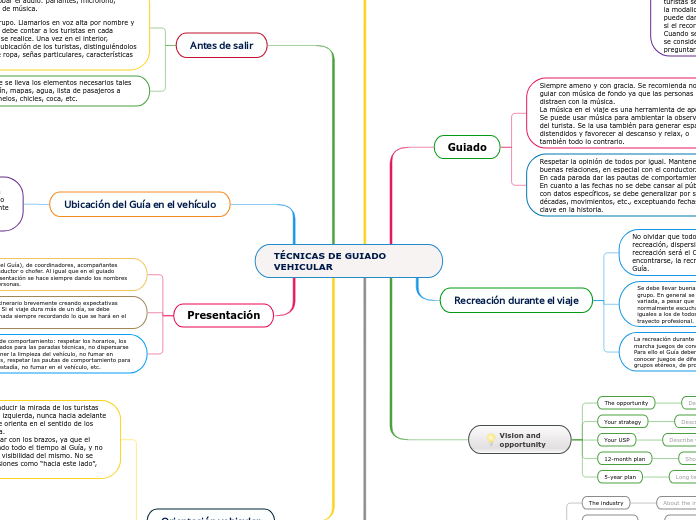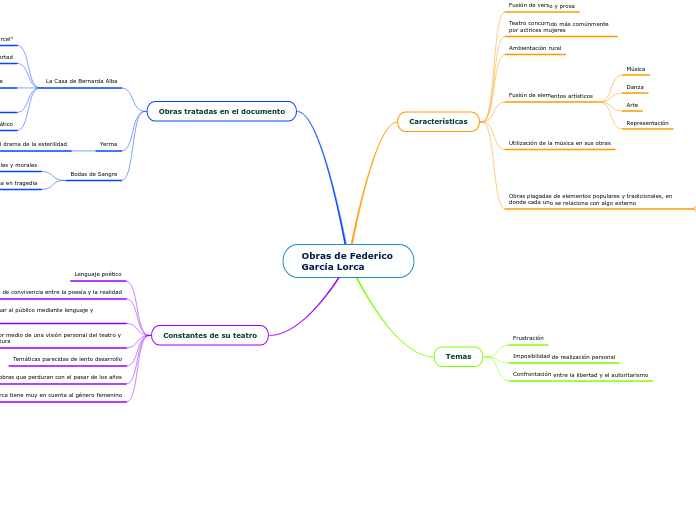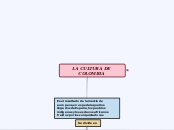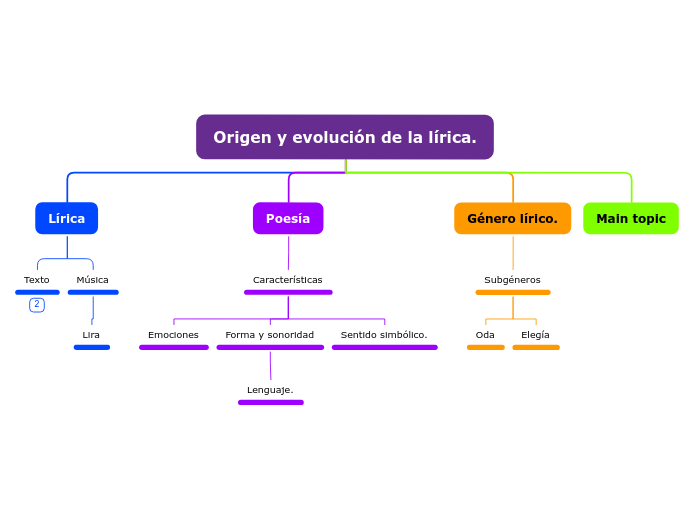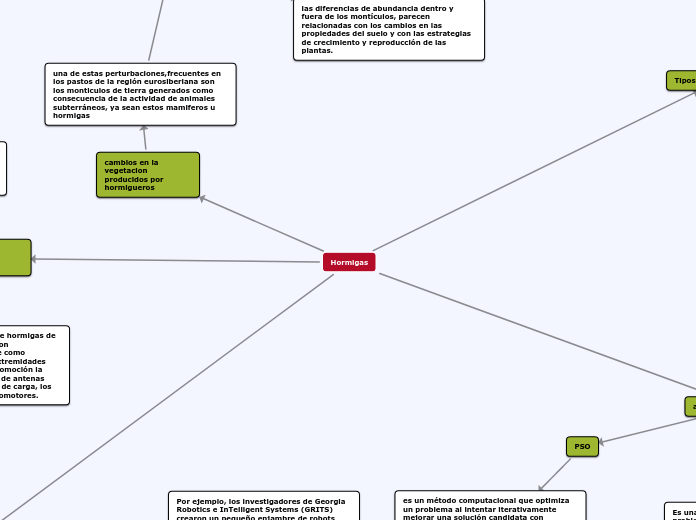TÉCNICAS DE GUIADO VEHICULAR
Type in the name of your organization and press Enter.
Orientación vehicular
Recorrido vehicular
Ante todo, se debe respetar siempre el recorrido del itinerario. Se debe seleccionar el mejor recorrido teniendo en cuenta de evitar las calles congestionadas, las rutas y caminos rotos, cortados, etc. En el caso de hacer un desvío de ruta importante se debe comunicar a los turistas explicando el porqué del cambio.
En la resolución de problemas vinculados al desvío, se debe tener siempre la tranquilidad y la rapidez en la toma de decisiones.
Antes de descender para guiados pedestres se debe informar la hora actual, el tiempo de la visita y la hora en que el grupo se congregará (indicando el lugar) para volver a partir.
En caso que se esté en un vehículo grande (más de 45 asientos) deberá analizar bien el ingreso a ciudades, sobre todo si éstas tienen calles pequeñas, angostas, con carteles bajos, etc.
Siempre se debe conducir la mirada de los turistas hacia la derecha o la izquierda, nunca hacia adelante o atrás. La mirada se orienta en el sentido de los turistas y no del Guía.
Nunca se debe señalar con los brazos, ya que el turista no está mirando todo el tiempo al Guía, y no siempre tiene buena visibilidad del mismo. No se deben utilizar expresiones como “hacia este lado”, “hacia allá”.
Presentación
Dar las pautas de comportamiento: respetar los horarios, los tiempos estipulados para las paradas técnicas, no dispersarse en ellas, mantener la limpieza del vehículo, no fumar en lugares cerrados, respetar las pautas de comportamiento para los lugares de estadía, no fumar en el vehículo, etc.
Se presenta el itinerario brevemente creando expectativas reales del viaje. Si el viaje dura más de un día, se debe comenzar la jornada siempre recordando lo que se hará en el día.
De uno mismo (el Guía), de coordinadores, acompañantes especiales y conductor o chofer. Al igual que en el guiado pedestre, la presentación se hace siempre dando los nombres de pila de las personas.
Ubicación del Guía en el vehículo
Parado en la parte de adelante del colectivo (escaleras o rampa), bien agarrado, siempre cerca del chofer, tratando de tener en la vista rápida todo el contingente y una buena visibilidad hacia adelante para la ubicación rápida de los atractivos antes de que pasen
Antes de salir
Asegurar que se lleva los elementos necesarios tales como botiquín, mapas, agua, lista de pasajeros a mano, caramelos, chicles, coca, etc.
Antes de salir:
Siempre probar el audio: parlantes, micrófono, reproductor de música.
Juntar al grupo. Llamarlos en voz alta por nombre y apellido. Se debe contar a los turistas en cada parada que se realice. Una vez en el interior, observar la ubicación de los turistas, distinguiéndolos por color de ropa, señas particulares, características llamativas.
The market
Investors will ask: how well do you know your customers and your market? Your business plan should show that you are targeting your market by well-defined segments and are focused on creating value for customers.
Competitors
Competitor
Add an organization that can compete with you, either now or in the future. Think about all alternatives that the customer may have, including doing nothing or addressing their problem in a completely different way.
Strategies
Strategy
How will you compete effectively?
Add an element of your competitive strategy. Think about:
- Outperforming them on their strengths
- Outperforming them on their weaknesses
- Having a better value proposition
- Being different and difficult to compare
- Offering additional benefits
- Offering a better customer experience
Weaknesses
Weakness
What do the competitors do that is less attractive than your product or service?
Do they have:
- Higher pricing?
- Lower performance or unreliability?
- A complex proposition that is difficult to understand?
- A poor reputation for value?
- Poor customer service?
- An inconvenient location?
Strengths
Strength
What do the competitors do that is more attractive than your product or service?
Do they have:
- Better pricing or total cost of ownership?
- A more up-to-date design?
- Better performance and reliability?
- A good brand name and reputation?
- Good customer service?
- Additional benefits?
Product or service
Describe the competing product or service
- Do they compete with you now or will they compete with you in the future?
- What do they provide that competes with you?
- Does it directly compete, or offer an alternative way to solve the problem?
Customers
Customer segment
Who are your customers? Add a target customer segment. Groupings might include:
- ... by industry or trade
- ... by speciality or job role
- ... by region or locality
- ... by knowledge, concern, interest or need
- ... by demographic (e.g. age, gender, education, income)
Solutions
What solutions are you offering for customers in this segment? What value do you create for them?
Add a solution.
Needs
What are the needs and interests of the customers in this segment? What do they value? How do they select their purchases?
Add a customer need.
Pain points
What problems and pain points do the customers in this segment face?
Add a pain point.
Profile
What is the characteristic of the customers in this segment?
How do you identify your potential customers?
Add a characteristic of the future customer.
Segment size
Size
What is the estimated size and value of this segment?
What proportion of the segment is potential customer for you, taking into account competitors, market maturity and demand?
Market position
About your market position
What market position are you aiming at?
Think about:
- What segment you target
- How you compete
- Your 'brand values' - what you are known for
- Your visibility in the market
- How your competitors regard you
- How your positioning needs to change
The industry
About the industry
Add some key points about the industry you are working in.
- What industry sector are you competing in?
- What are the characteristics of this sector?
- What kind of changes or trends are happening?
- What are the driving forces for change?
- Which parts are growing or shrinking?
Vision and opportunity
Describe the vision and the opportunity that the plan is based on.
The investor's question you answer here is Where are you headed, and why?
5-year plan
Long term goal
Where do you want to be in 5 years?
Where would you like to be in terms of:
- Company size, turnover and profitability?
- Financial strength and independence?
- Structure and ownership?
- Market leadership and reputation?
- Competitiveness?
- Core skills and capabilities?
- Positioning for an exit strategy?
12-month plan
Short term goal
Where do you want to be in 12 months? Where would you like to be in terms of:
- Turnover and profit or loss?
- Customer base and sales pipeline?
- Customer satisfaction levels?
- Market ownership?
- Staff, skills and technologies?
- Equipment and delivery capabilities?
- Consolidation and risk exposure?
Your USP
Describe your USP
Add a key point about your Unique Selling Point. Your USP is what will lead marketing, and help customers to choose you over alternatives. In comparison to the alternatives, why will your product or service...
- ... be different?
- ... be desirable?
- ... be better value for customers?
- ... be better performing?
- ... be more accessible or convenient?
- ... offer a better experience?
- ... solve the customer's problems better?
- ... have easily understood benefits?
- ... fit in with the customer's typical behaviour, without needing them to change it?
Your strategy
Describe your strategy
Add a key point about your strategy.
How does this opportunity...
- ... address your current weaknesses and challenges?
- ... exploit your capabilities and strengths, and build new ones?
- ... reduce future threats and competition?
- ... fit it with credible forecasts and trends?
- ... strengthen relationships and reputations?
- ... create value for your customers and investors?
The opportunity
Describe the opportunity
Add a key point about the opportunity that you are pursuing.
- What do you plan to do? What product or service will you offer?
- Why does it need doing?
- Why is there a gap in the market?
- Has it been tried before? What happened?
- Why are you best placed to pursue it?
Recreación durante el viaje
La recreación durante el viaje involucrará a veces poner en marcha juegos de conocimiento del grupo, de integración, etc. Para ello el Guía deberá también prepararse en este sentido, y conocer juegos de diferentes tipos aplicables a diferentes grupos etéreos, de procedencia, etc.
Se debe llevar buena música acorde al tipo de viaje y de grupo. En general se recomienda tener siempre música variada, a pesar que no le guste o no sea la que el Guía normalmente escucha, ya que los gustos del Guía no serán iguales a los de todos los turistas que pueda guiar en su trayecto profesional.
No olvidar que todo viaje debe tener su momento de recreación, dispersión. El encargado directo de la recreación será el Coordinador, pero en el caso de no encontrarse, la recreación debe ser organizada por el Guía.
Guiado
Respetar la opinión de todos por igual. Mantener buenas relaciones, en especial con el conductor.
En cada parada dar las pautas de comportamiento.
En cuanto a las fechas no se debe cansar al público con datos específicos, se debe generalizar por siglos, décadas, movimientos, etc., exceptuando fechas clave en la historia.
Siempre ameno y con gracia. Se recomienda no guiar con música de fondo ya que las personas se distraen con la música.
La música en el viaje es una herramienta de apoyo. Se puede usar música para ambientar la observación del turista. Se la usa también para generar espacios distendidos y favorecer al descanso y relax, o también todo lo contrario.
Tono de voz
Informacion
En caso que los atractivos se encuentren muy seguidos, se deberá aprovechar el tiempo para cada uno y adelantar la información si el tiempo y el atractivo anterior lo permiten.
En tramos largos no debe darse la información de a gotas ni hay obligación de hablar todo el tiempo. La información de a gotas sucede cuando el Guía no está organizado con la cantidad de información a dar, no tiene bien estudiado todo el tramo o está inseguro de lo que está dando. Hablar de a gotas es dar muy poca información en intervalos de tiempo relativamente largos. Por ejemplo dar dos oraciones de información y callar 10 minutos, luego otras dos oraciones y callar otros 15 minutos. En estos casos el turista termina por no escuchar, pierde el hilo de la información, se duerme, se aburre.
Antes de bajar a un atractivo no olvidar dar el nombre completo del mismo para evitar que los turistas se pierdan. Se debe dar el tiempo de visita y la modalidad (si es guiado o de recorrido libre). Se puede dar también una breve referencia del mismo si el recorrido es libre.
Cuando se finaliza la explicación de un término que se considere desconocido para el grupo, se debe preguntar si han entendido.
Debe ser de acuerdo al tipo de audio que se esté utilizando y acorde al grupo. Se debe modular bien, no se deben realizar ademanes exagerados.
El grupo no debe esforzarse por escuchar ni debe aturdirse con el sistema de audio.
